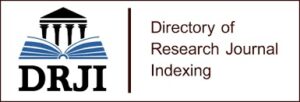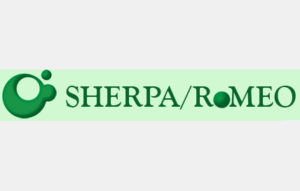PREVALENCE AND PATTERNS OF CHILDHOOD HEADACHE AND MIGRAINE IN GOVT SCHOOLS IN PAKISTAN.
Headache in children is among the top five health problems in childhood. Childhood headaches and migraine have a severe adverse impact, not only on the daily life of the child but also on the family of the child.
- To determine the prevalence of childhood headaches and migraine in government school children.
- To determine the different patterns and associated symptoms of headache and migraine in schoolchildren.
Study Design: Descriptive cross-sectional study.
Settings: Four Government schools including two boys and two girls schools were selected for the study.
Duration of Study: Six months from 24-08-2018 to 23-02-2019.
Subject and Methods: This cross-sectional study includes 1000 school children enrolled from four different Government schools. Children who fulfilled the inclusion criteria were enrolled in the study. A standard questionnaire was designed and used for the collection of data from school children. Detailed demographic and medical history of each child including age, class, signs, and symptoms (weakness, dizziness, noise intolerance, light sensitivity, visual disturbances, light flashes, tingling, numbness, nausea, vomiting), pattern, and frequency of headache. Diagnosed patients will be referred to a specialist for proper treatment. Questionnaire was filled by the students in the classroom setting under the supervision of a researcher which was further validated by a researcher.
In the current study, 679 children of four different schools were evaluated for headaches and migraine, out of which 366 (53.9%) children were male and 313 (46.1%) children were female. Headache was present in 539 (79.4%) school children, and migraine in 109 (20.2%) children. The frequency of headaches in schoolchildren was 3 or less/month in 273 (50.6%) children, 3 or less/week in 248 (46.0%) children, and daily in 18 (3.4%) children. Front headache was most commonly reported in school children 173 (32.1%) followed by bilateral headache in 149 (27.6%) children, top headache in 81 (15.0%) children, unilateral headache in 79 (14.7%) children, back headache in 47 (8.7%) children, and non-specific headache in 10 (1.9%) children.
It was concluded from the study that headache and migraine in schoolchildren were the most commonly reported complaint and the major health problem resulting in school absenteeism, loss of school hours, and loss of children’s activity in extracurricular activities.
Keywords: Headache, children, migraine, adverse, family.




















